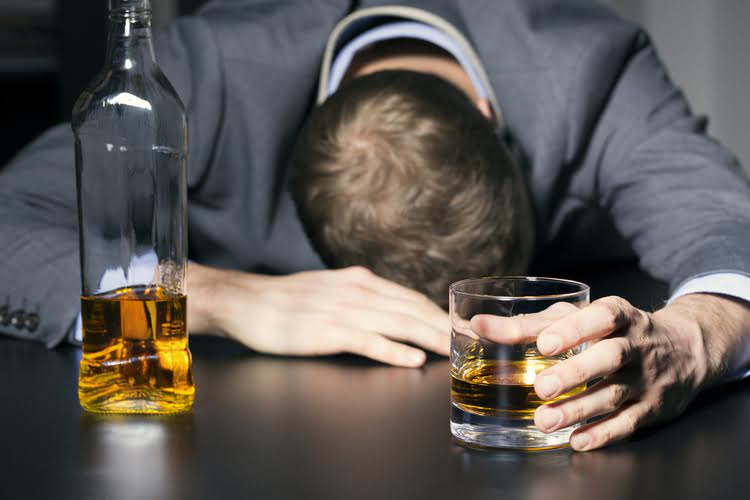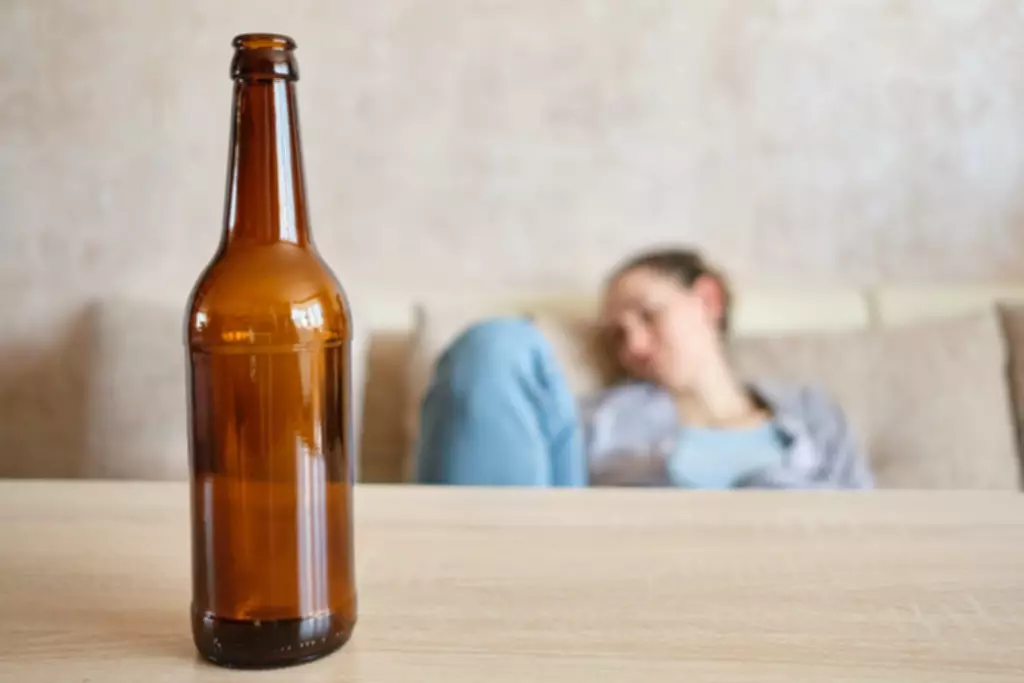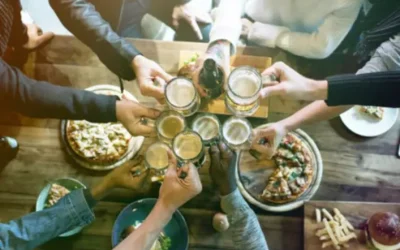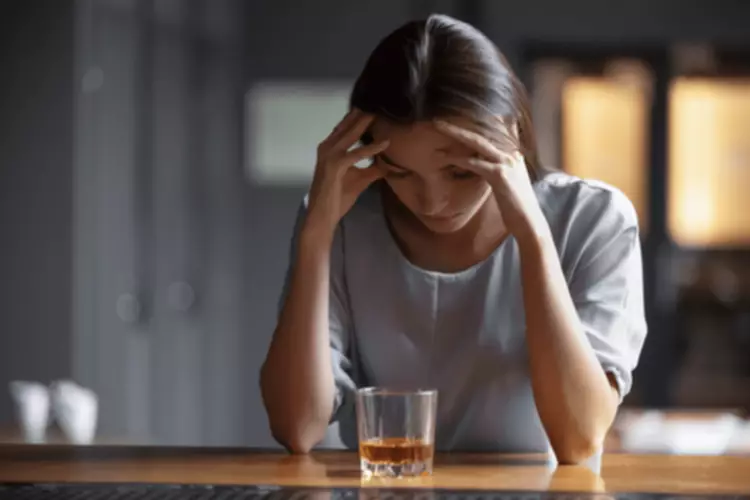Get Ready to Reprogram Your Z79 899 Coding Brain
After discussion with you, your health care provider may recommend medicine as part of your treatment for opioid addiction. Medicines don’t cure your opioid addiction, but they can help in your recovery. These medicines can reduce your craving for opioids and may help you avoid relapse. Medicine treatment options for opioid addiction may include buprenorphine, methadone, naltrexone, and a combination of buprenorphine and naloxone.
Is drug therapy a biological therapy?
Biologic therapy includes a diverse group of drugs that act directly on the immune system. Sometimes referred to as "targeted therapy," the biologics include cytokines and monoclonal antibodies.
Physicians were not able to judge patients’ satisfaction accurately (κ 0.20). Most patients (73%) were satisfied or very satisfied with the decision to withdraw the drug, and many commented that good communication and close follow-up is a prerequisite for successful withdrawal of long-term drug treatment. Some people have attempted to detox without medical care, referred to as going “cold turkey.” Some may find success with this method. For most, however, the life-threatening effects of withdrawal symptoms are not to be minimized. Attempting to detox without medical supervision is an unsafe practice that can lead to devastating results. However, many people are unaware that there are medications available for their substance use disorder.
Create Study Materials
About 70% percent of people who began using at age 13 have an SUD compared to 27% who started at age 17. Tobacco use disorder is the most common substance use disorder worldwide and in the United States. About 20% of people in the U.S. who have depression or an anxiety disorder also have a substance use disorder.
- A medical insurance term that requires patients and clinicians to seek approval from insurance providers before implementing a treatment service.
- Strømme HK, Botten G. Physicians’ perceived drug-related problems and preventive strategies concerning old patients in general practice.
- Repetitive drinking can lead to progressive liver disease, ranging from steatosis to alcoholic hepatitis to alcohol-related cirrhosis.
- It can be quite effective as a deterrent for alcohol use with supervision.
When you spend time with a loved one or eat a delicious meal, your body releases a chemical called dopamine, which makes you feel pleasure. It becomes a cycle; you seek out these experiences because they reward you with good feelings. People are psychologically dependent when a drug is so central to their thoughts, emotions and activities that the need to continue its use becomes a craving or compulsion despite negative consequences. For example, those with jobs and support systems at home may benefit more from an outpatient program.
What are the treatments for addiction?
The focus is placed more on changing oneself and one’s patterns of interacting with the addicted loved one, rather than on trying to change the alcohol-addicted person’s behavior directly. The practice of sending individuals with substance use disorder to treatment centers or rehabilitation facilities outside of their states of permanent residence. Acceptance and Commitment Therapy (ACT; pronounced like the word “act”) is a cognitive-behavioral approach used in the treatment of substance use disorders that is based on the concepts of acceptance, mindfulness, and personal values. Turnbridge’s long-term rehab programs are broken into three phases of integration. As clients work through the recovery process and show positive skills development, they can advance to the next phase.
- With a 30-year background in behavioral health, Sheila assists our clients in developing the needed life skills to support a full life in recovery.
- It often correlates with strong fears of increased crime, poverty, drug use, or community degradation.
- Drug addiction can have severe consequences for your physical and mental health.
- It changes brain structure and function, which can impact mood regulation, sleep functions, stress response, actions and behaviors, and your ability to make decisions.
Those who were taking drugs in high doses for an extended time have the worst symptoms. Methadone works by binding to the same receptors in the brain as Heroin and pain medications, but Methadone does not cause euphoria when used at an appropriate dosage. This helps with managing withdrawal symptoms and cravings that occur. This medication is used to treat many symptoms experienced during detox from various substances. For example, Clonidine is a well-known medication used to treat blood pressure; however, it can assist with reducing sweating, cramps, muscle aches, anxiety, and the flu-like symptoms commonly experienced during detox. When struggling with alcohol or Benzodiazepine use – it is highly recommended to seek out a medically monitored detox program to ensure no life-threatening conditions occur during the detox process.
Treatment Approaches
The contingency management (CM) approach, sometimes also referred to as motivational incentives, the prize method, or the carrot and stick method. It is based on the principle of operant conditioning – that behavior is shaped by its consequences. Slang term for the abrupt and complete cessation in intake of an addictive substance. It stems from the appearance of goosebumps on the skin often observable in addicted individuals when physiologically withdrawing from a substance. A conceptual understanding of addiction that focuses on the genetic or other biological pre-determinants or risks for developing and/or maintaining a substance use disorder.

Utilizing clear communication to assist the team mission of excellence, Kristie demonstrates her commitment to Burning Tree’s fiscal viability by the method of accurate accounting and financial modeling. Happily married for 26-years, Kristy has 3 beautiful children, a long-haired dachshund, cocker spaniel, and a 1-year-old terrier. Olivia Wilder serves as Director of Admissions for Burning Tree Programs. She counts her two children and loving husband amongst her greatest blessings. Facilitated by a licensed clinician, group therapy helps our clients develop improved communication skills, boundaries, and self-awareness in a therapeutic setting. A form of positive psychotherapy that helps our clients clarify their values and connect with their authentic selves, leading to a greater sense of self-worth and empowerment.
Drug Withdrawal And Detox
For information on how to dispose of medications in your house, refer to FDA’s information How to Safely Dispose of Unused or Expired Medicine or DEA’s drug disposal webpages. This report may periodically be assessed for the https://goodmenproject.com/everyday-life-2/top-5-tips-to-consider-when-choosing-a-sober-house-for-living/ currency of conclusions. If an assessment is done, the resulting surveillance report describing the methodology and findings will be found on the Effective Health Care Program website at Search on the title of the report.
Research has shown that effective measures to treat substance use disorders must also include treating co-occurring mental health conditions simultaneously. Many different prescription medications can assist with treating various mental health conditions. Drug rehabilitation is the process of medical or psychotherapeutic treatment for dependency on psychoactive substances such as alcohol, prescription drugs, and street drugs such as cannabis, cocaine, heroin How to Choose a Sober House: Tips to Focus on or amphetamines. The general intent is to enable the patient to confront substance dependence, if present, and stop substance misuse to avoid the psychological, legal, financial, social, and physical consequences that can be caused. Treatment programs that work to treat substance use disorder alongside other co-occuring mental, physical, emotional or social considerations, recognizing how the presence of each can be a risk factor for relapse to either.
This is often an individualistic event, and each disorder can occur in various stages of one’s life. However, it can safely be stated that both conditions are frequently experienced together. Longer-term treatment programs for substance-related and addictive disorders can be highly effective and typically focus on remaining drug-free and resuming function within social, professional, and family responsibilities.
A time limited, intensive, non-residential clinical treatment that often involves participation in several hours of clinical services several days per week. The ability of one drug to prevent the withdrawal symptoms of one’s physical dependence on another. The specific efforts, both behavioral & psychological, utilized to master, tolerate, reduce, or minimize the effects of stressful events. This is used most often to describe in with both mental illness & substance use disorder.






